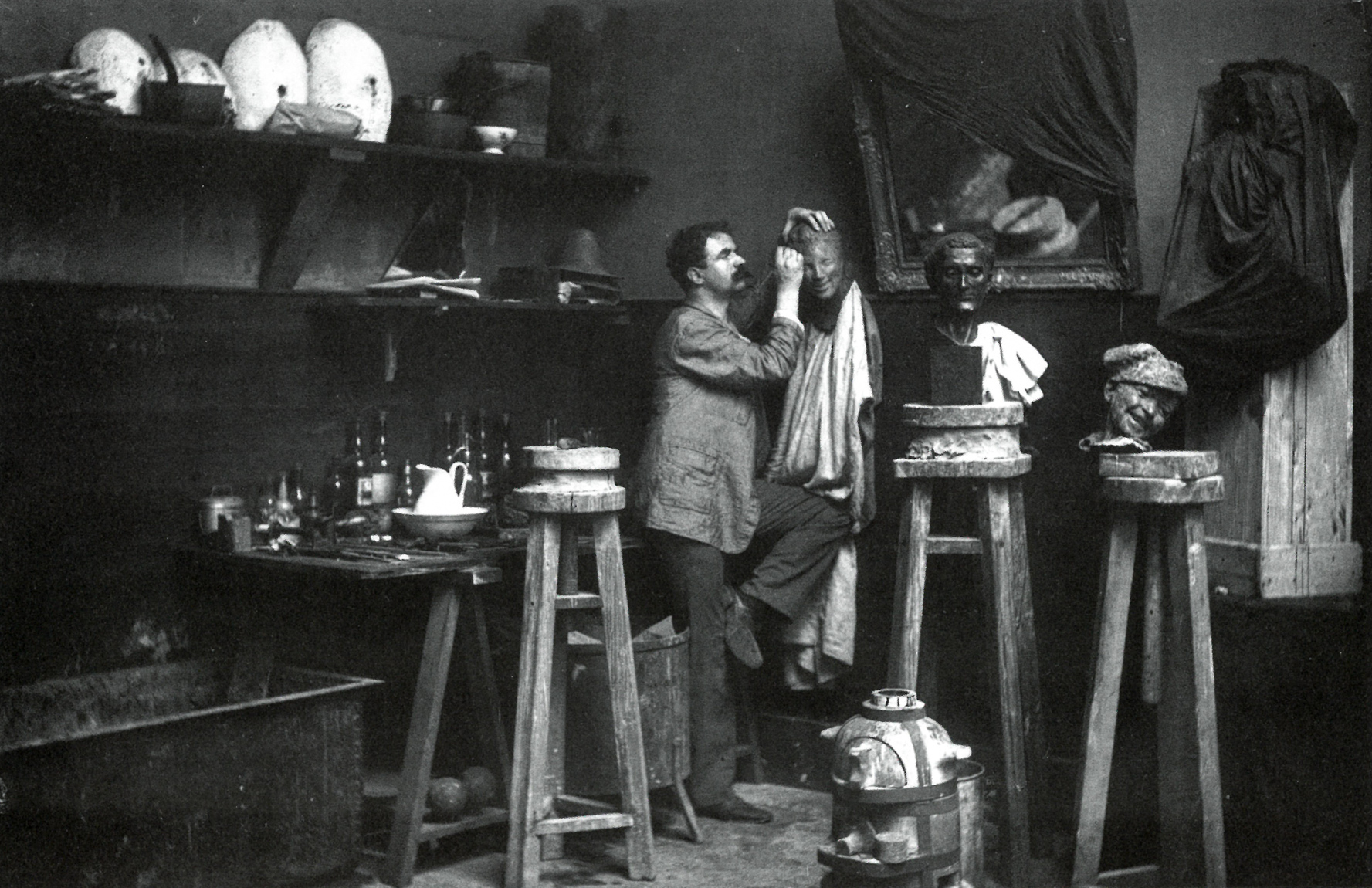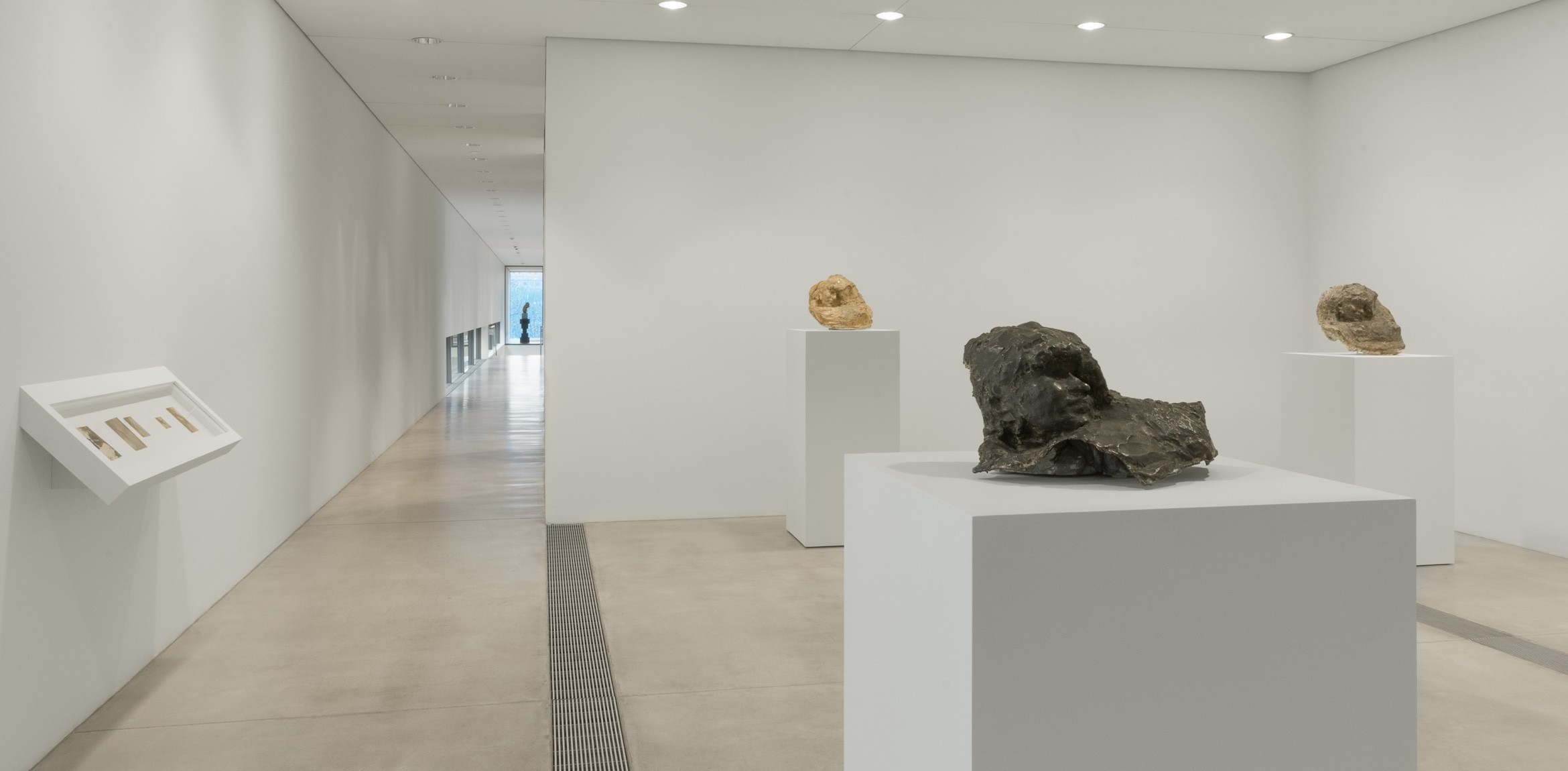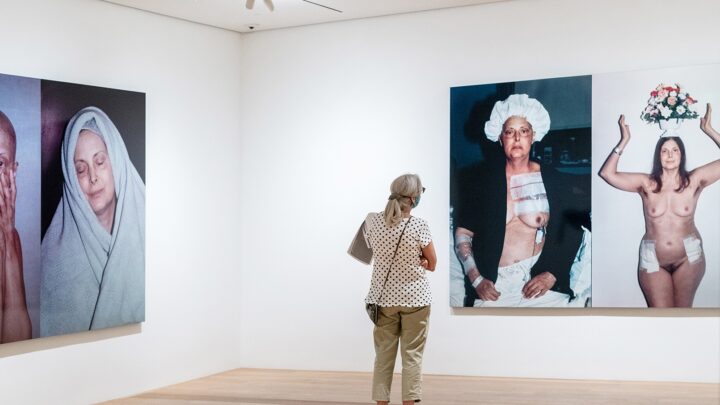During his lifetime, the artist Medardo Rosso was known for a disposition that was rebellious, stubborn, and unconventional. He was born on June 21, 1858 in Turin, Italy, although he liked to say instead that he was born on a train, eschewing a fixed identity. This self-styled origin reveals Rosso’s aversion to boundaries or limits, and in both his life and his art, he challenged established conventions.
Rosso did not receive much formal training in art and had no known academic training when he began his career in Milan in 1881. A few years later, he spent a few brief period at the prestigious Brera Art Academy before he was expelled in 1883 for punching a fellow student who disagreed with his proposed changes to the curriculum. Rosso continued to make art and relocated to Paris in 1889, leaving his wife and young son behind in Italy as he sought to establish his career as an artist on the international scene. Although Rosso obtained French citizenship in 1902, he was nevertheless viewed as an outsider in France and struggled with the xenophobia of others. The artist returned to Italy following World War I, but he was later denied entry into the Italian Academy due to his status as a French citizen. A plaster version of his sculpture Ecce puer (1906) was bought by the French State for the Musée du Luxembourg in Paris, but ultimately the work languished in storage despite Rosso’s demands that it be installed in the museum in a letter he wrote to the French prime minister. Still, Rosso continued to make art and found support from a few dedicated patrons before his death in 1928.
Rosso’s friend, Ardengo Soffici, wrote of the artist’s personality “I had never, in fact, seen anyone with a more tenacious willpower, with equal audacity and inflexible determination who had known how to assert his rights, whatever they were, artistic or material, but always indisputable and inviolable.”




